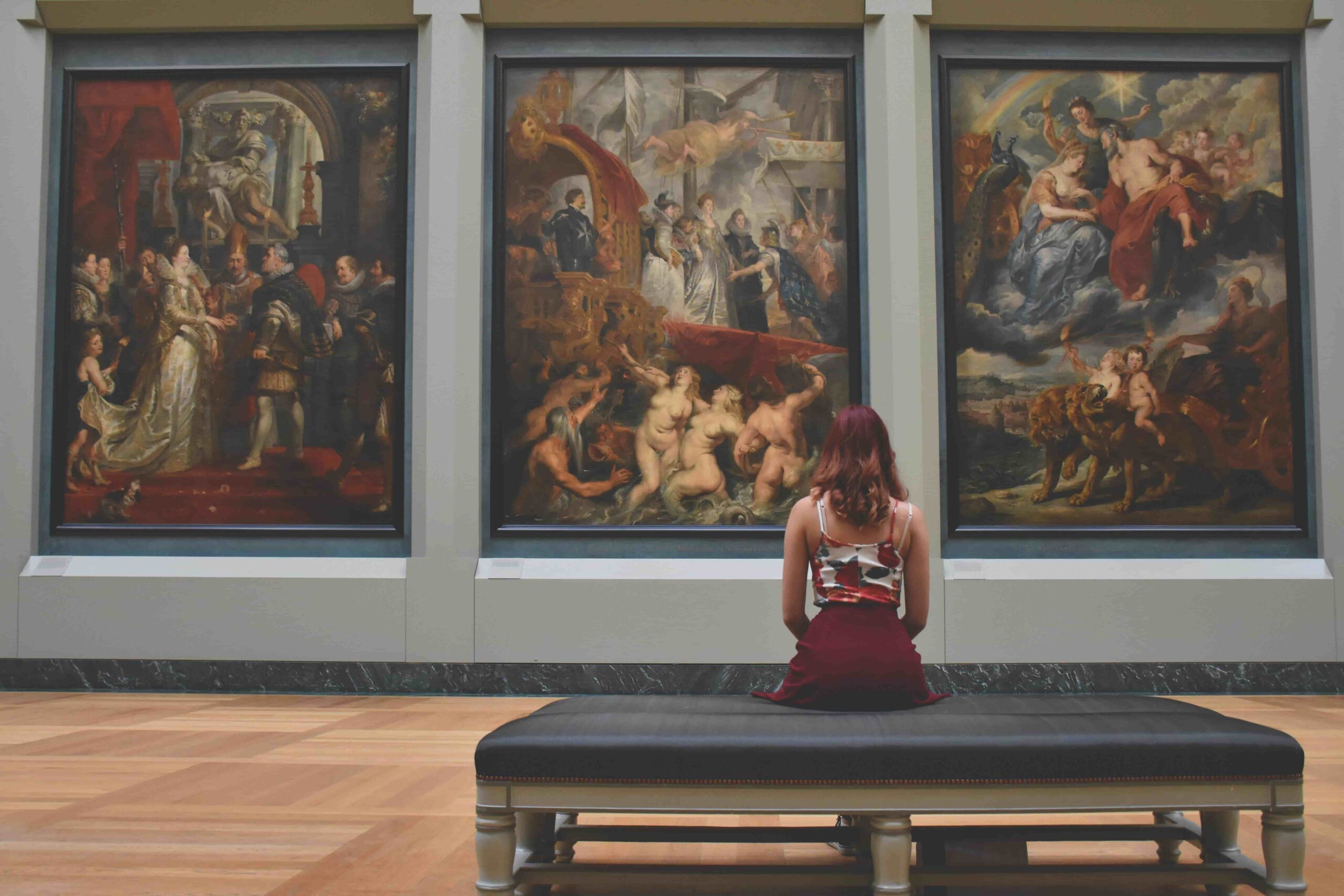In a world driven by financial metrics and bottom lines, the value of art often takes a backseat in people’s minds. While some may see art as a luxury or an unnecessary expense, the reality is that investing in creativity can yield significant returns, both personally and societally. So why are people hesitant to spend money on art, and what are they missing out on?
Art, in its myriad forms, has the power to enrich our lives in ways that go beyond monetary value. Yet, the perception persists that art is a frivolous indulgence reserved for the elite or the culturally inclined. This misconception stems from a lack of understanding of the true value that art brings to individuals and communities alike.
One reason people may hesitate to invest in art is the perception of high cost and low return. Unlike traditional investments like stocks or real estate, the value of art can be subjective and unpredictable. However, this notion overlooks the intrinsic value of art—the emotional impact it can have on our lives. Art has the power to evoke a wide range of emotions, from joy and wonder to introspection and empathy. It serves as a mirror to society, reflecting our collective experiences, aspirations, and struggles. By investing in art, individuals not only support artists and creative expression but also enrich their own lives by surrounding themselves with beauty, inspiration, and meaning.
Another barrier to investing in art is the misconception that it is inaccessible to the average person. While high-profile auctions and galleries may cater to collectors with deep pockets, there are countless avenues for acquiring art at various price points. Local art fairs, online marketplaces, and community galleries offer opportunities to discover and purchase artwork from emerging and established artists alike. By exploring these alternative channels, individuals can find art that resonates with them personally and fits their budget, making art ownership more accessible and inclusive.
Moreover, investing in art is not just about acquiring physical objects; it is about supporting creativity and cultural heritage. Art plays a vital role in preserving and celebrating diverse cultures, traditions, and perspectives. It serves as a vehicle for social commentary, challenging norms, sparking dialogue, and fostering understanding. By investing in art, individuals contribute to the cultural fabric of society, ensuring that future generations have access to the rich tapestry of human expression and creativity.
Furthermore, art has the potential to generate economic value and stimulate local economies. The arts and culture sector contributes significantly to employment, tourism, and urban revitalization. By supporting artists, galleries, and cultural institutions, individuals can help create vibrant and resilient communities that attract visitors, drive innovation, and enhance quality of life.
In conclusion, the reluctance to spend money on art stems from misconceptions about its value and accessibility. However, investing in art is not just about acquiring objects; it is about investing in creativity, culture, and community. By recognizing the intrinsic value of art and supporting artists and cultural institutions, individuals can enrich their own lives and contribute to a more vibrant and inclusive society. As stewards of creativity, let us unlock the true value of art and embrace its transformative power to inspire, educate, and connect us all.


